- Al Kasa PV Power Station in Qatar is a classic case of Chinese PV enterprises entering the Middle East energy market
- The China Arab Cooperation Forum has established long-term cooperative relations with Arab countries by deepening the construction of the the Belt and Road
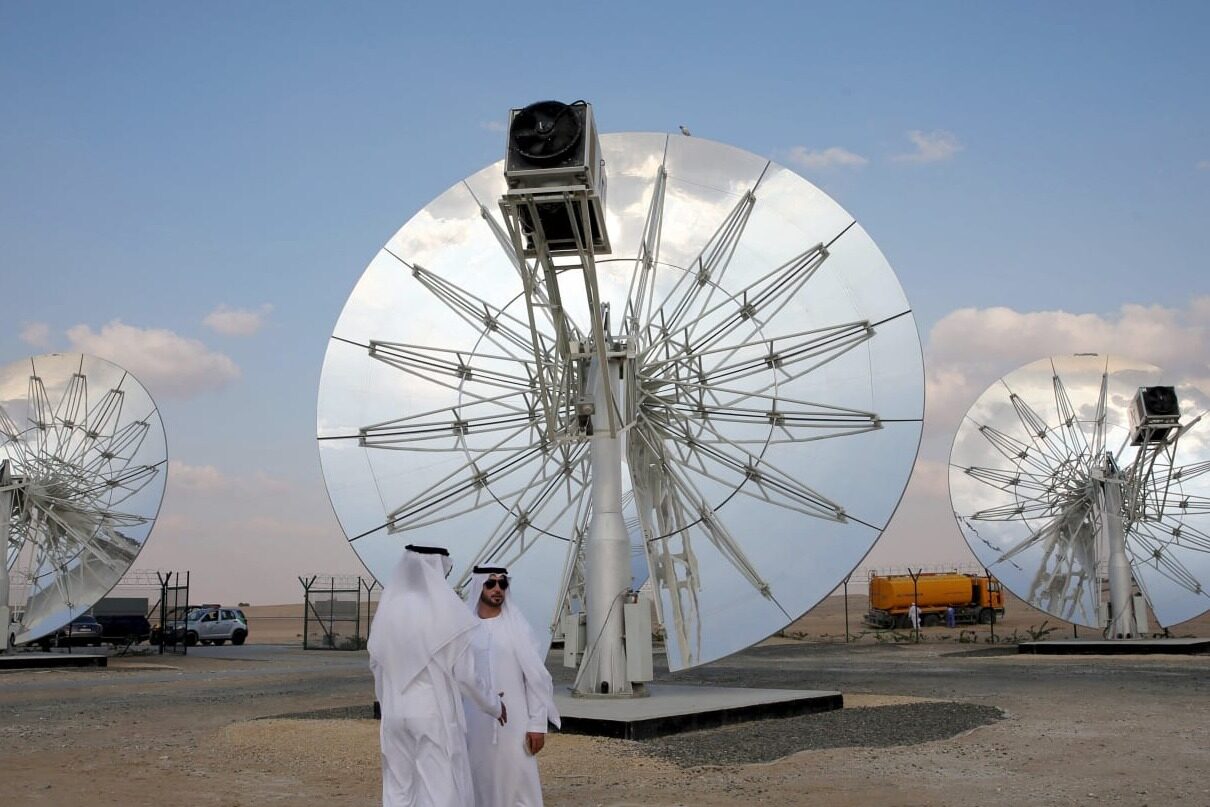
As the first "Carbon Balance" World Cup in the world, the positive source of green electricity generated by photovoltaic power plants is continuously transmitted to the World Cup venues in Qatar. Chinese photovoltaic enterprises also appeared in the World Cup, creating a precedent in the field of new energy photovoltaic power generation in Qatar. Alkasa 800MW photovoltaic power station project is the first large-scale ground photovoltaic power station with full capacity connected to the grid in Qatar's history. It is the third largest single photovoltaic power station in the world so far. This scale is also rare in the world. At the same time, it is also the world's largest photovoltaic project using tracking systems and double-sided modules.
The latest data shows that China's PV module output has ranked first in the world for 15 consecutive years, the polysilicon output has ranked first in the world for 11 consecutive years, the new installed capacity has ranked first in the world for 9 consecutive years, and the cumulative installed capacity has ranked first in the world for 7 consecutive years. Therefore, Qatar has chosen to cooperate with Chinese enterprises in photovoltaic projects without any doubt.
Most Trench Photovoltaic Power Station in Qatar
The Alkasa PV power station project is located in the desert 80 kilometers west of Doha, the capital of Qatar, with a total cost of 1.7 billion Qatari rials, about 467 million US dollars. The project covers an area of 1000 hectares, equivalent to 1400 football fields, and has installed about 1.8 million solar panels. It is worth noting that the final bidding price of the power station was 1.6 cents/KWh, which broke the lowest bidding price in the history of photovoltaic power station at that time.
Qatar is located in a tropical desert climate, with low precipitation, high light intensity and long light duration. The desert area of Qatar is blessed with solar and thermal resources for building photovoltaic power stations. The project is EPC contracted by PowerChina, and Longji Green Energy and Sungrow Power supply provide components and inverters respectively. "Qatar 800MW photovoltaic power station is a milestone project of Sungrow Power in Qatar and the whole Middle East region. We are honored to participate in the whole process. In the future, we look forward to deepening cooperation with more partners, working together to create more industry benchmarks, and helping the transformation of energy sources in the Middle East." Shi Zaowen, head of the Middle East region of Sungrow Power, said. In order to increase the power generation and reduce the operation and maintenance costs in the later period, the smart Chinese enterprises use automatic mechanical arms to clean the battery panels through technological innovation, greatly improving the production efficiency, and increasing the power generation of the power station by 20%. In terms of power generation, the power station project is expected to provide Qatar with about 1.8 billion kilowatt hours of clean power every year, meet the annual power consumption of about 300000 households, and reduce carbon dioxide emissions by about 900000 tons every year. The smooth operation of the project will also supply clean power for the Qatar World Cup venues in 2022.

On October 18, 2022, Qatar Alkasa 800MW photovoltaic power station was officially put into operation. The industry believes that this is a key photovoltaic power station project to help Qatar realize its commitment to carbon neutrality in the World Cup. This project is the first non fossil fuel power station in Qatar and one of the largest photovoltaic power stations in the Middle East. At the launch ceremony of Alcasa 800MW photovoltaic power station, Qatar Energy Minister Saad Al Kaabi said publicly: "The project has far-reaching significance in Qatar and even the entire Middle East region. After the grid connection, the project will provide energy support for Qatar with competitive electricity prices, improve energy utilization efficiency through the diversification of power sources, which can not only increase the proportion of renewable energy utilization, but also help to achieve the diversified development of the national economy. It is a part of Qatar's national vision of 2030, creating Qatar's new energy photovoltaic power generation sector The precedent of Qatar will also strongly support Qatar's solemn commitment to host the Carbon Balance World Cup. " The State Minister of Qatar for Energy Affairs Saad Kabi said on the same day: "In 2024, Qatar Energy Corporation will build another 875 MW photovoltaic power station between the northeast Levan Kok Industrial City and Messeid City, which will reach 1600 MW power generation capacity, but with further expansion of capacity, we will be able to reach 5000 MW."
In the next two years, Qatar hopes to achieve a photovoltaic power generation capacity of more than 1600 megawatts, or even 5000 megawatts. The task is once again entrusted to China.
Energy transformation in the Middle East and development towards the east
For Chinese photovoltaic enterprises, the development of photovoltaic in the Middle East has never been unfamiliar. The news that the price of solar power projects in the Middle East countries, represented by the United Arab Emirates and Saudi Arabia, has repeatedly set records often appears. In April 2021, the 600MW Al Shuaibu photovoltaic IP project in Saudi Arabia set a record for the lowest bid price in the world at 1.04 cents per kilowatt hour (about 0.06 yuan per kilowatt hour). It can be said that "one dime per kilowatt hour" has first become a reality from a slogan in the Middle East, and the pace of promoting energy transformation in the region is faster than expected. Of course, this cannot be separated from the hard work of China's photovoltaic enterprises. As the world's largest producer of photovoltaic modules, China supplies more than 90% of the world's photovoltaic modules. Due to the breakthrough and innovation of Chinese enterprises, the cost reduction and efficiency increase of photovoltaic modules are accelerated, and the cost of photovoltaic power plants is further reduced. Just like two years ago, Li Zhenguo, founder and president of Longji Green Energy, said at the World Future Energy Summit: "In the past ten years, the technological progress and cost reduction of photovoltaic have been far faster than expected. In the Middle East, due to the limitations of the ecological environment, water and agriculture are topics of great concern. Solar photovoltaic can solve the problems of electricity and energy economy, and the cost of desalination will be greatly reduced. Once the problem of freshwater is solved, agricultural development and food problems will also be solved, which is the comprehensive effect of Solar for Solar."
In the past ten years, the Middle East has a word called "looking east", which stems from the fact that after the "Arab Spring" in 2011, the Middle East realized that development is the most important issue. The countries in the Middle East have struggled to learn from social unrest and crisis, taking development as the first priority. Therefore, they have been "looking east" for the past decade, learning from China's development model, and strengthening cooperation with China in the energy field. For example, after the the Belt and Road Initiative was put forward, PetroChina has made significant progress in cooperation in the Middle East, and has signed two large-scale oil and gas cooperation projects in succession.
This is the largest and highest standard diplomatic action of China to the Arab world since the founding of New China.
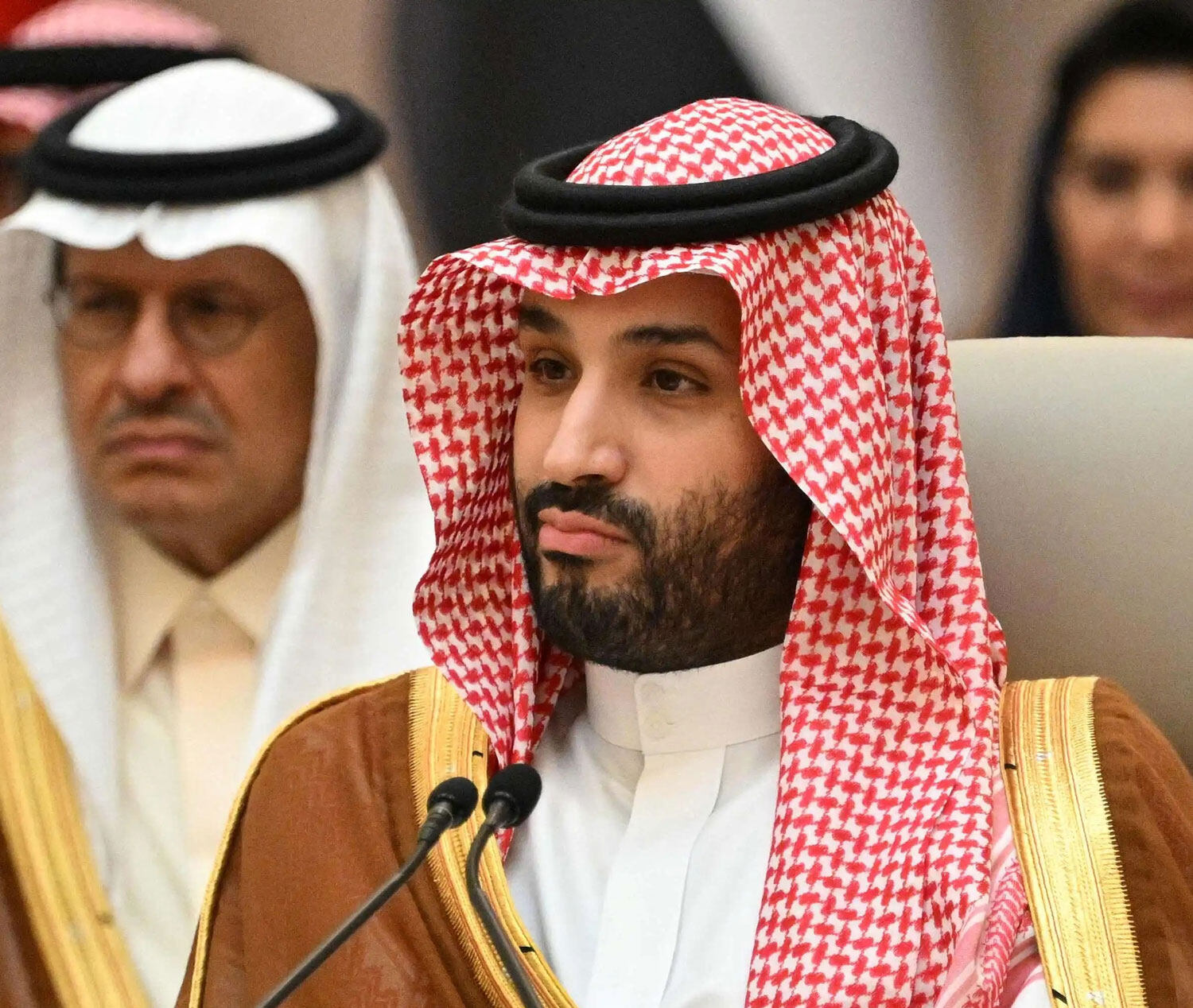
On December 8, 2022, the Chinese government and the Saudi government signed the Implementation Plan of the Government of the People's Republic of China and the Government of the Kingdom of Saudi Arabia on the Joint Construction of the the Belt and Road Initiative and the Vision 2030. The Implementation Plan fully implements the two leaders' proposals on deepening the the Belt and Road Initiative and "An important consensus on the docking of the 2030 vision is to jointly promote cooperation in infrastructure, production capacity, energy and other fields between the two countries, as well as the construction of the Jizan Basic Industry and Downstream Industrial City Special Development Zone. Saudi Arabia welcomes more Chinese enterprises to actively participate in cooperation in major infrastructure construction and energy projects in Saudi Arabia, and is willing to strengthen cooperation with China in clean energy, green development and other fields. China Saudi Arabia new energy cooperation focuses on solar energy, wind energy and hydropower Domain. China has participated in many major projects in Saudi Arabia's 2030 vision plan, including NEOM's future smart city, the high-speed railway from Mecca to Medina, the King Salman International Integrated Port Facility in Lashail Industrial City and other projects funded by Saudi Arabia with 500 billion dollars, as well as the Jizan Industrial Cluster and the Red Sea Utilities Project.
In previous decades, Saudi Arabia has been a partner of the United States. The United States has gained the pricing power of global oil prices and settled in dollars by relying on the "care" of Saudi Arabia and other oil giants. However, the rapid rise of shale gas in the United States has weakened Saudi Arabia's voice in the world oil market. As a result, the relationship between Saudi Arabia and the United States has become ambiguous. After 18 years of hard work, the China Arab Cooperation Forum has established long-term cooperative relations with Arab countries by deepening the construction of the the Belt and Road. Under the framework of the Forum alone, China and Argentina have established 17 cooperation mechanisms, and the two sides have implemented more than 200 large-scale cooperation projects in energy, infrastructure and other fields. The two sides will continue to deepen cooperation in solar energy, hydrogen energy and other fields, establish a China Arab clean energy training center, and implement the 186 MW Egyptian photovoltaic power generation project. China's energy industry has developed rapidly with capital and technology advantages, which is consistent with the energy transformation of resource countries in the Middle East. Saudi Arabia, the United Arab Emirates, Oman, Türkiye and Bahrain all expressed their desire for cooperation in this field.
China has become the leader of global economic recovery. The cooperation between China and Saudi Arabia will play a good role as a model for other Middle East countries. Saudi Arabia's voice will also change the energy direction in the Middle East. As China has no strong strength in the field of infrastructure, the Middle East countries have also ushered in new development opportunities. Looking to the east, the energy transition in the Middle East is about to usher in a highlight moment.Editor/Ma Xue
Comment
 Praise
Praise
 Collect
Collect
 Comment
Comment
 Search
Search


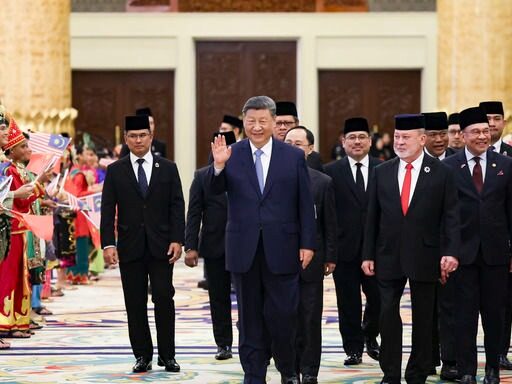

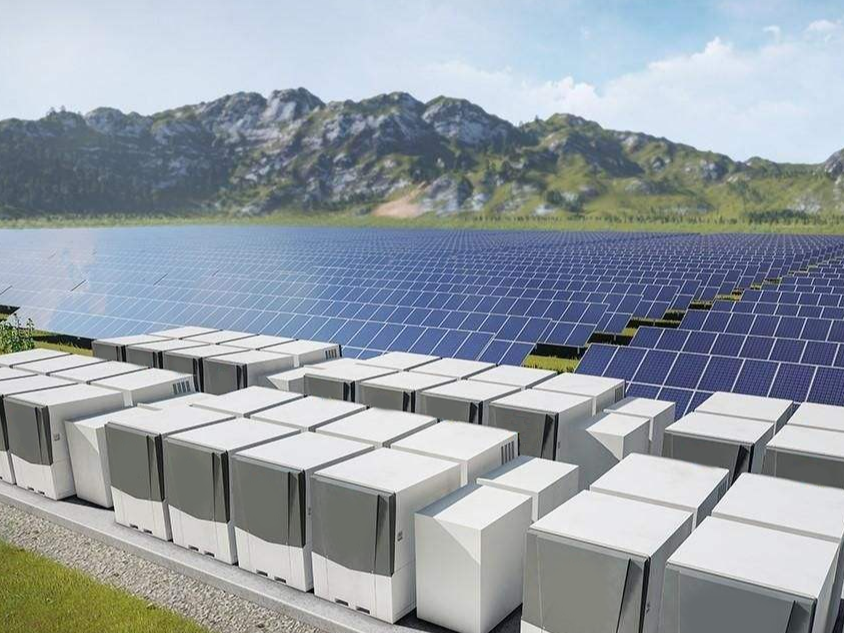

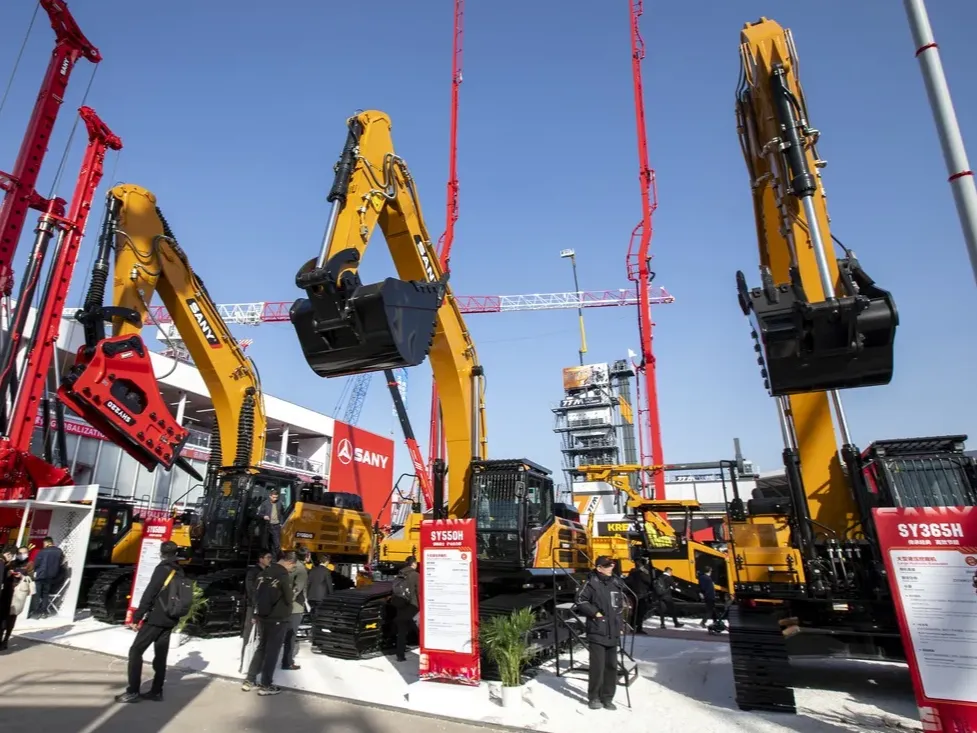
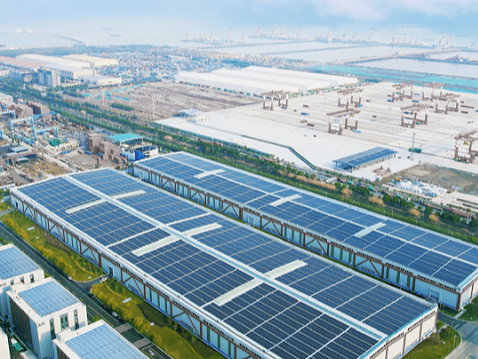






Write something~